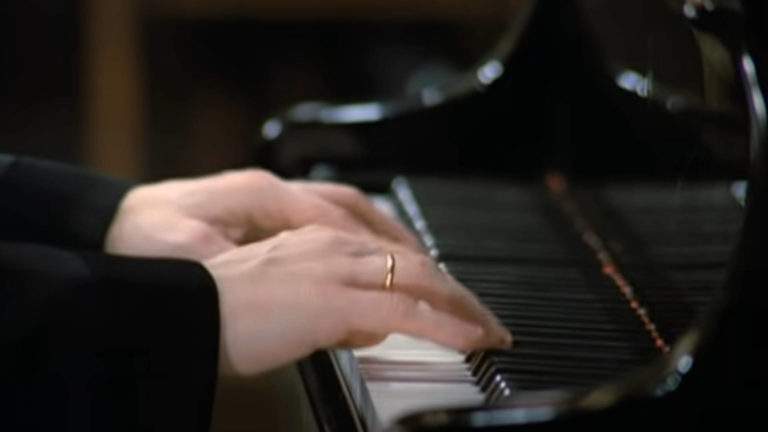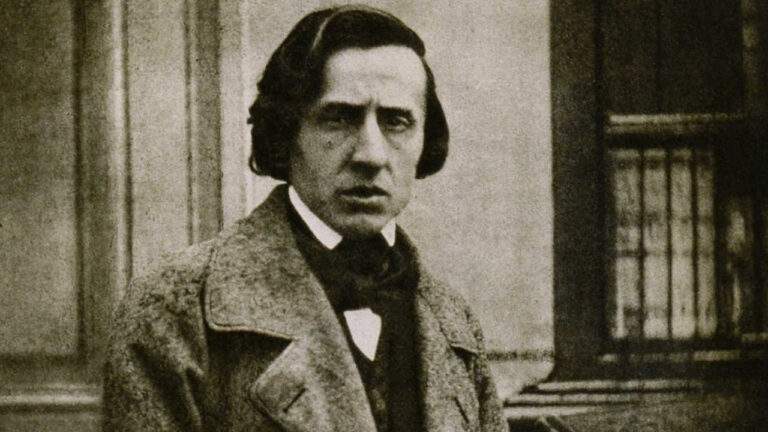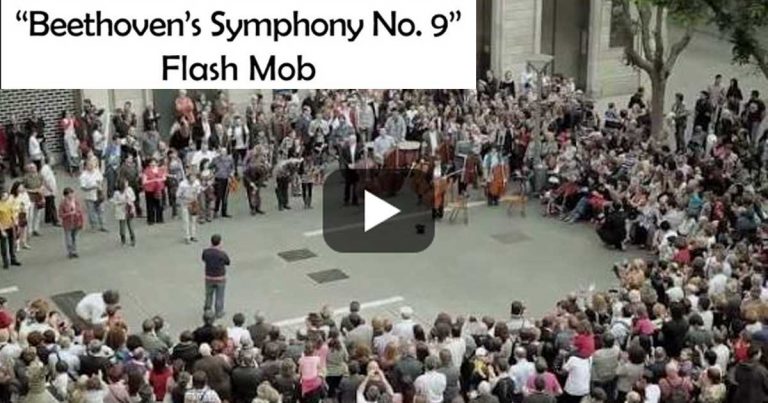The Magic Flute – Queen of the Night aria | Opera Music
The Magic Flute is a famous opera by Austrian composer Wolfgang Amadeus Mozart. The opera tells the story of Prince Tamino, who leaves to save Princess Pamina, daughter of the Queen of the Night, who would be a prisoner of Sarastro, the Queen’s enemy.
For this journey, he has the help of Papageno, a bird hunter. After meeting Pamina and discovering that the real villain is precisely the Queen, Tamino is initiated by Sorastro in the paths of true knowledge so that he can be the man to finally defeat the Queen.
The famous Queen of the Night aria has become well known through various adaptations and amazing performances in the world’s greatest opera houses.
Queen of the Night aria – Diana Damrau, The Royal Opera
When he composed the Magic Flute, Mozart and lyricist Emmanuel Schicknader were deeply influenced by Freemasonry and the Enlightenment. Therefore, the opera is full of symbolism and references where wisdom appears as the only possibility for justice and equality among men.
Today this fabulous opera continues to delight people all over the world and is recognized as one of the greatest operas of all time. Its beautiful story has managed to go beyond the boundaries of musical theater and has become a major influence on literature, cinema, and other art forms.
The Magic Flute – Synopsis
Act I
The opera begins with the orchestra playing a wonderful overture that divides the first and second violins, who play an impressive and extremely beautiful melody.
The Magic Flute introduces us to a terrible serpent chasing Tamino. Tired, he faints. The Three Ladies appear, subdue the serpent, and decide to warn the Queen of the Night of the presence of the young man in her kingdom.
When Tamino regains his senses, he sees Papageno singing and playing his flute. Papageno lies to Tamino that he saved him from the serpent. Immediately, the Three Ladies reappear to punish Papageno for the lie. They give a portrait of Pamina to Tamino, who falls in love.
The Queen of the Night appears and asks Tamino to free her daughter who is a prisoner of Sarastro. The Ladies release Papageno and they receive a carillon and a flute with magical powers. Three Genies will guide them through the dangers of the journey.
In Sarastro’s palace, Pamina is watched by Monostatos. Papageno finds Pamina and warns her that she will be freed by Tamino, and they go out happily in search of her.
The Three Jinn guide Tamino to the Temple. On the way he plays his flute and magically the wild animals become tame. Monostatos and his slaves catch up with Pamina and Papageno, who at the sound of the carillon they dance and leave.
At the sound of trumpets Sarastro arrives. Pamina explains to Sarastro that she ran away because she was being harassed by Monostatos. Monostatos enters, bringing Tamino with him. Sarastro expels Monostatos from the Brotherhood and orders Pamina and Tamino to take the tests to join the Brotherhood.
Act II
Sarastro communicates to the priests his plans to initiate Tamino into the Brotherhood and asks the gods to illuminate the young man’s path in the quest for wisdom. Pamina, under his protection is to become Tamino’s wife.
Pamina falls asleep while Monostatos questions his social and racial status for not being able to have the same rights as others and is stopped by the Queen of the Night who appears. She hands Pamina a dagger and orders her to kill Sarastro.
The priests lead Tamino and Papageno to the beginning of the trials of silence, where they will not be allowed to talk to any women. Pamina appears and Tamino resists the temptation, leaving her disappointed. When Papageno sees Papagena, he cannot resist and by talking to her, he does not pass the test.
Desperate, Pamina decides to kill herself and is saved by the Three Geniuses who explain the situation. Together, Pamina and Tamino take the last tests: of fire and water, and are admitted into the Brotherhood.
At the end, the Queen of the Night with the Three Ladies and Monostatos appear in a last attempt to take Sarastro’s power, but the light of Wisdom transforms all evil and involves everyone to the sound of the Magic Flute.
Who Wrote The Magic Flute
Mozart’s Magic Flute is one of the most wonderful musical works that a musician has left as a legacy. Mozart was not only a genius composer, but also a philosopher. He sought to create a bridge between human beings and the divine through love, as is demonstrated throughout his work. This famous opera premiered on September 30, 1791 in Vienna, shortly before Mozart’s death on December 5 of the same year. The booklet of the work belongs to Emmanuel Schikaneder, an actor and Mozart’s Masonic brother.
Musicologist Otto Jahn popularized the theory that the work had been created in a few months and had internal contradictions, such as transformation of the “Queen of the Night” between the first and second act, due to the haste with which it had been composed. A letter between Mozart and Schikaneder dating from 1790, in which references are made to the details of one of the last scenes, proves the opposite.
The Characters of the Opera
The Queen of the Night: Sovereign of the forest and of psychic powers. She appears on a starry throne. Her ambition makes her want to destroy the solar temple and usurp power by making Sarastro succeed Pamira’s father as priest of the temple.
Sarastro: The perfect sage, humble servant of the gods Isis and Osiris, as is manifested in several passages in the work when he invokes the divine Will.
Tamino: Prince who has arrived from distant lands as in many traditional tales. He is pure, brave and sincere, and was predestined by the gods to succeed Sarastro and unite with Pamina in a holy matrimony.
Pamina: Princess, daughter of the Queen of Night and hierophant predecessor of Sarastro. Must overcome doubt and transformation of lunar and solar nature. Represents the step between Venus Pandemos and Venus Urania, that is, the double soul.
Monostat: The jailer of Pamina is represented as a Moor. His nature is tyrannical and passionate.
Papageno: Reminds us of Sancho Panza. He accompanies Tamino against his will and prefers simple pleasures to the high Mysteries. His counterpart is Papagena, with whom he finally stands in his fullness.
The three ladies: They accompany the Queen of the Night and symbolize the three states of matter.
The three young men: We find them both in the forest and in the kingdom of Sarastro. They are the invisible forces of nature, they accompany and guide the disciples.





